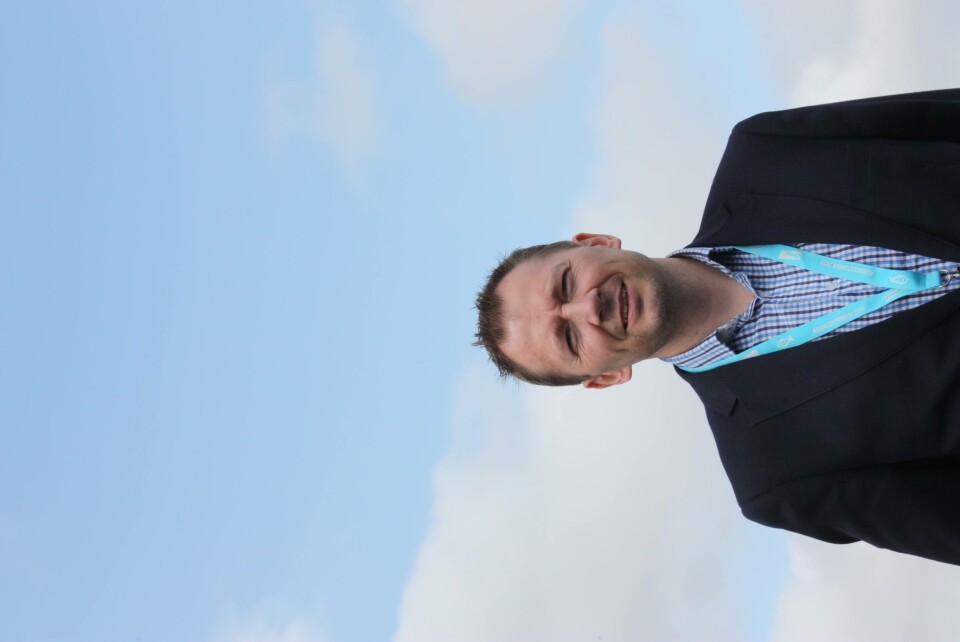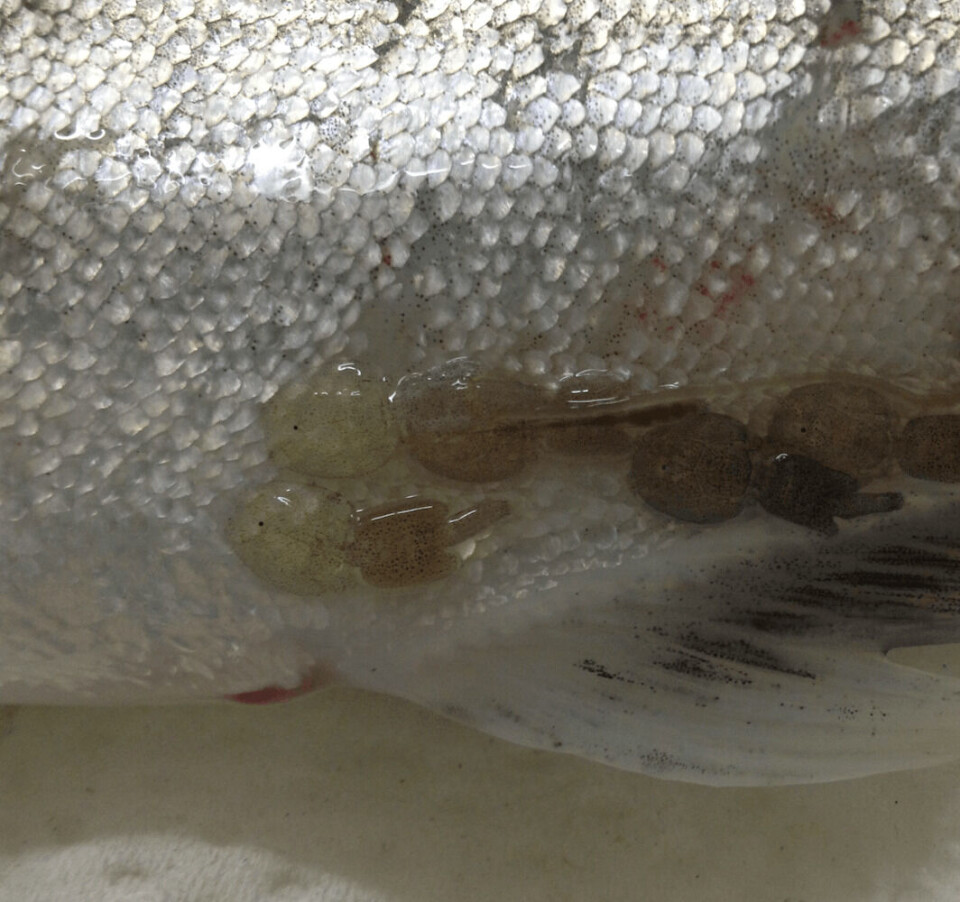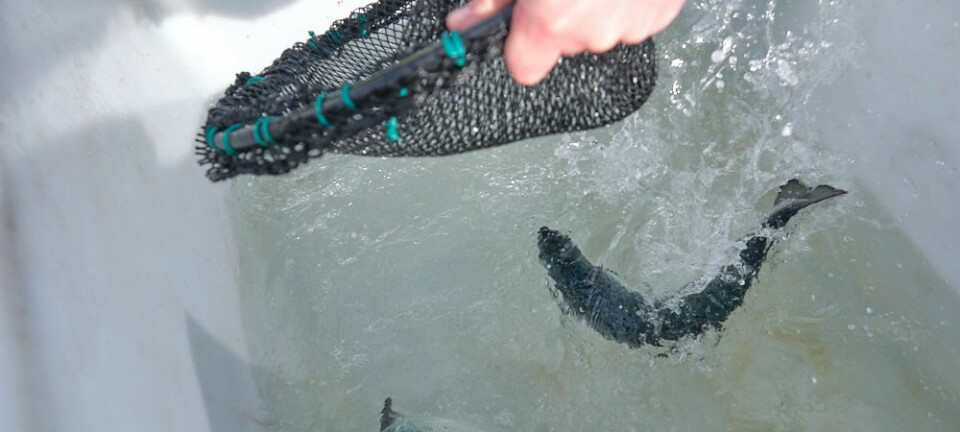
Laser has sights set on Scotland
Up to 20 of Stingray’s louse lasers are destined to be delivered to sites in Scotland by the end of the year.
As Stingray’s General Manager, John Arne Breivik, explains to Fish Farming Expert: “I can confirm that we are working steady towards our aim to install Stingray lasers at 1-2 locations in Q4 in Scotland. Our ambition is to have 15-20 lasers operating there by the end of 2016.”
The lasers were introduced to the Scottish market at Aquaculture UK, in May and it appears they have fired up Scottish imaginations.
“This will be an important step to show the Scottish salmon farmers that sea lice control without fish handling, starvation and biomass loss is possible with the use of lasers,” says John Arne. “Reducing other treatments with a minimum of 25-50% investing in lasers will still give a good cost/benefit to many sites. This will also give a direct positive effect to fish welfare, harvest quality and growth/harvest weight.”
He also points out that, as more and more units are delivered to Scotland, so the service options will improve too.
“Having several sites operating during 2017 in Scotland will also give better service and operational possibilities going forward. We are therefore very excited over the opportunity to kick off in Scotland very soon,” he says.
A healthy business
Speaking to kyst.no last week, John Arne revealed that the company has already achieved a turnover close to 2015’s total of NOK 27.5 (£2.49) million in the first eight months of the year, recently establishing a new production department to cope with demand.
“In April, we reached 50 units in the sea, now we have 68 and have 10 more to complete. The milestone is 100 units in the sea at the end of 2016,” he told Fish Farming Expert’s sister website.
The number of lice each laser unit is capable of killing varies greatly, depending on conditions – varying “from 400 to several thousand” per hour, according to John Arne.

“When lice levels are high we have the capacity and ability to shoot three times per second, and are also better at taking off more lice per shot, so efficiencies and lice control is increasing from week to week,” he added.
Even if at their lowest capacity he calculates that the units currently installed in cages are killing 652,800 lice every day, although he suspects the real number is considerably higher.
Fewer treatments needed
Breivik says that they have now analyzed the production cycles of salmon both during their first six months at sea and their second six, with compelling results.
“The analysis shows positive results on both large and small fish, despite the need for one to two delousing treatments being needed per site using the laser. In some areas, it has saved three treatments. How much you will save a generation, however, is difficult to estimate – the infection pressure varies throughout the year and in different areas,” he added.
And he is in no doubt that the lasers are economically viable.
“Taking into account lost growth due to early harvests, the stress of handling fish during delousing operations, starvation days, administration of delousing operations and much more, there is no doubt that the laser pays,” he said.
John Arne is adamant that his technological solution will outperform biological alternatives in the battle against lice.
“At the moment the lasers are frequently used in combination with cleaner fish…In a few years I think that such a combination will no longer be required. It is hard to improve the performance of cleaner fish, while the Stingray technology just gets better and better,” he concluded.























































